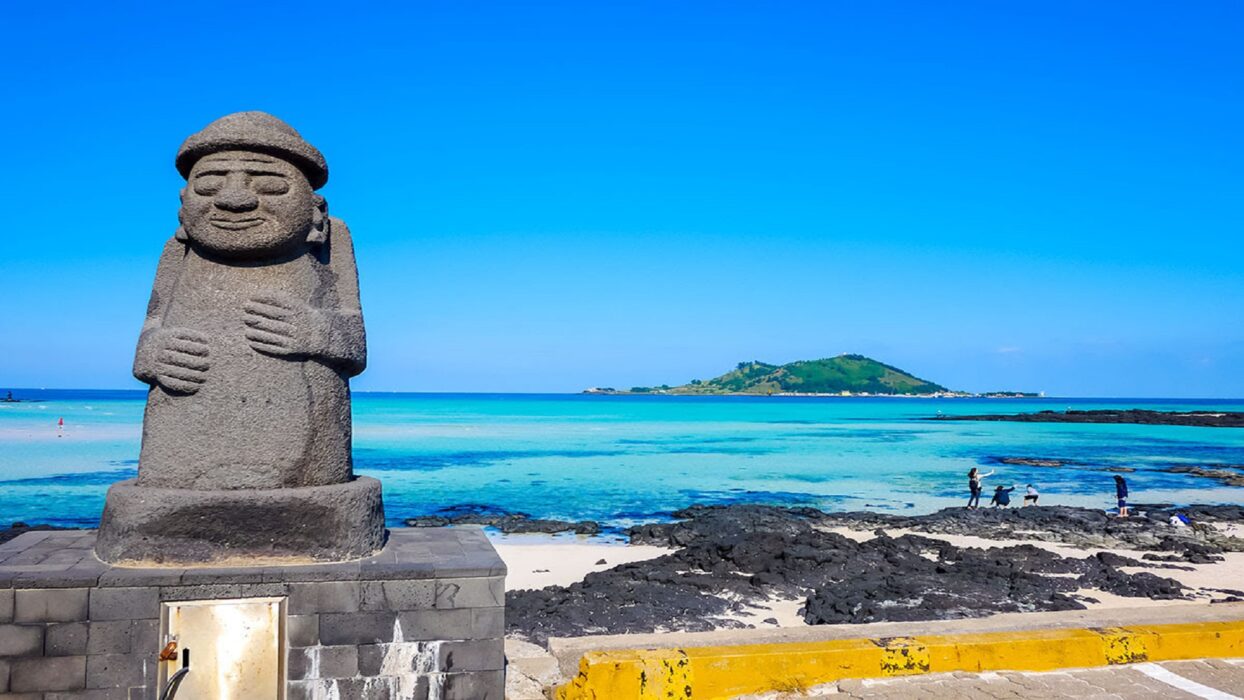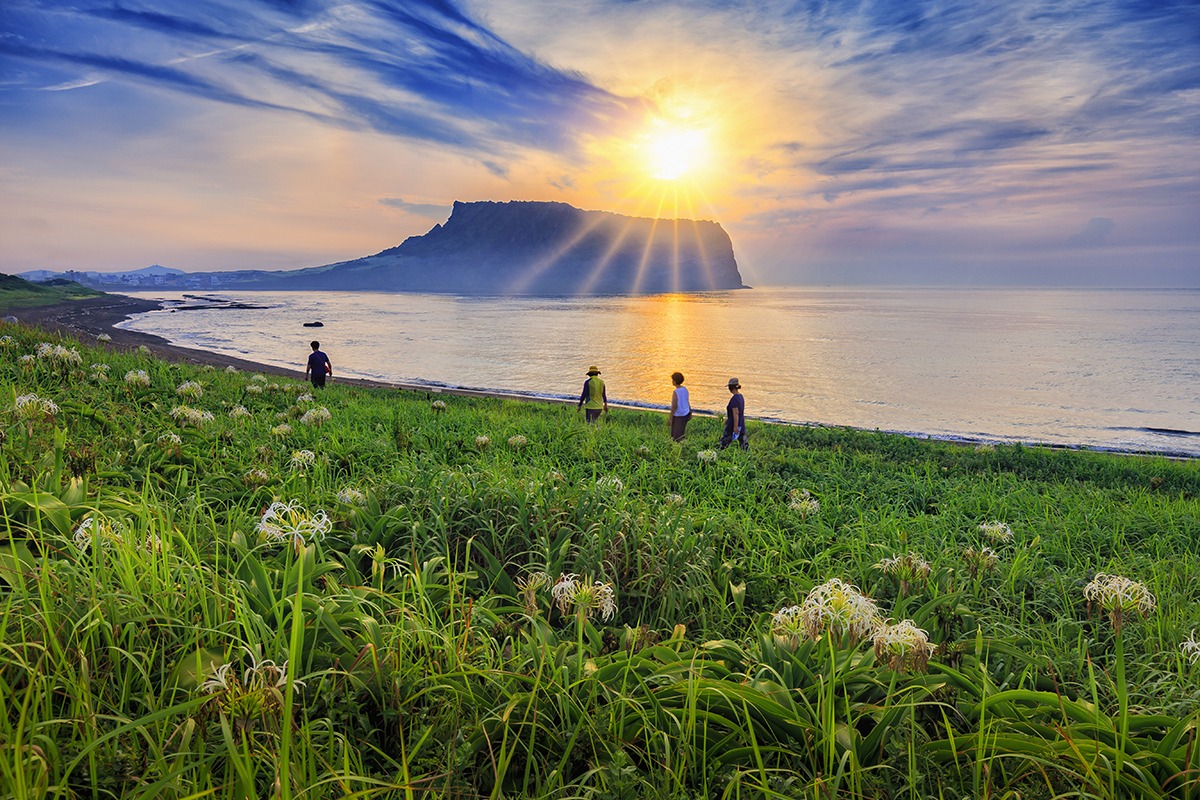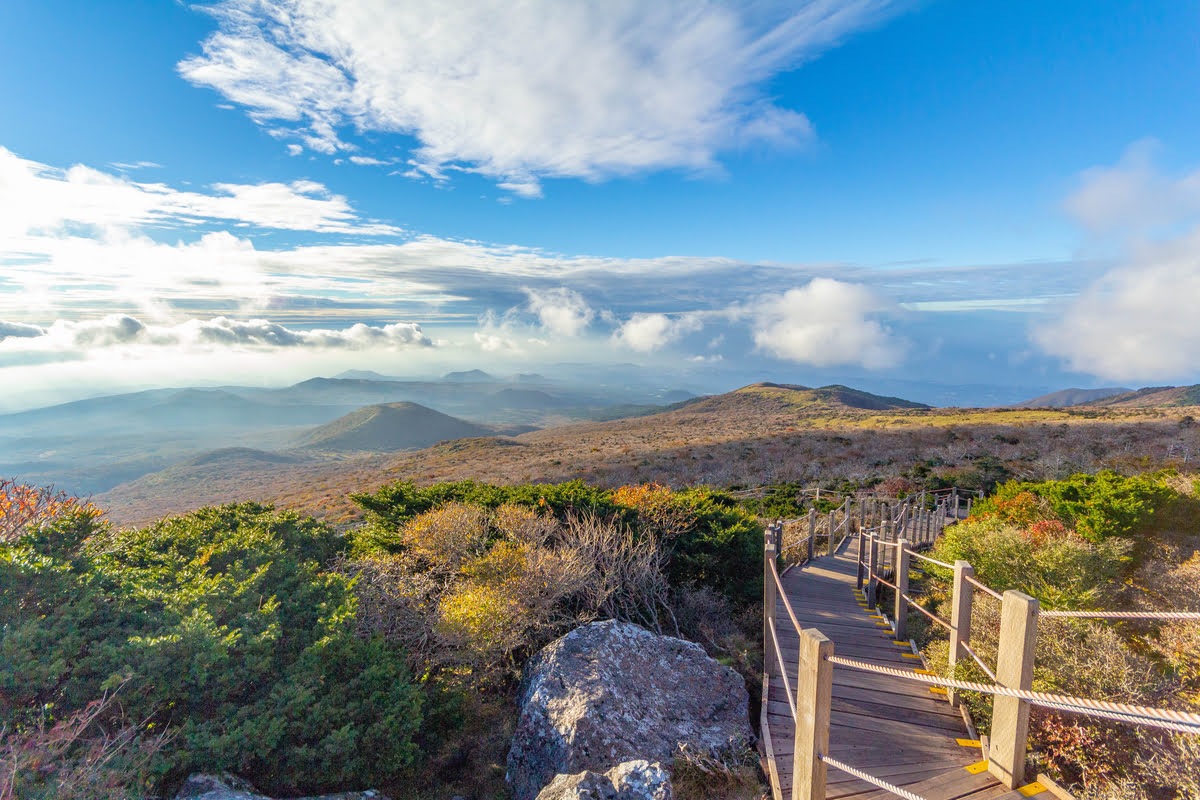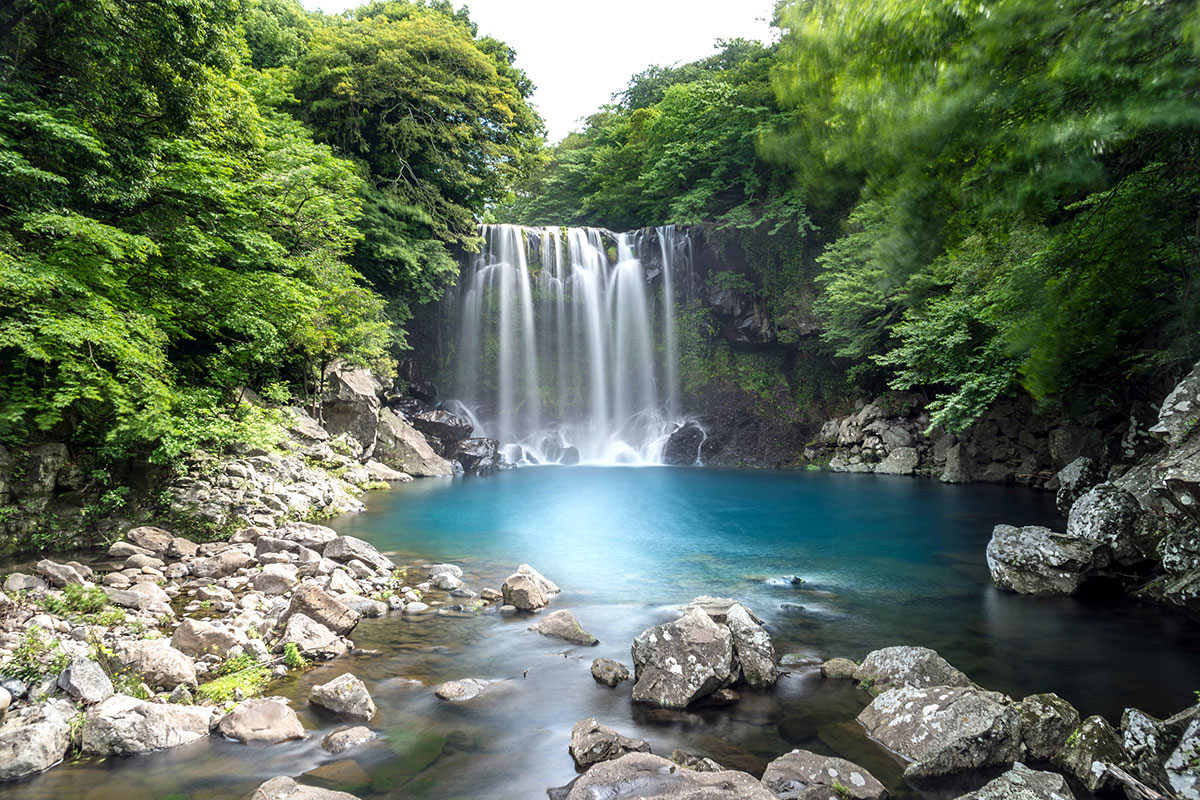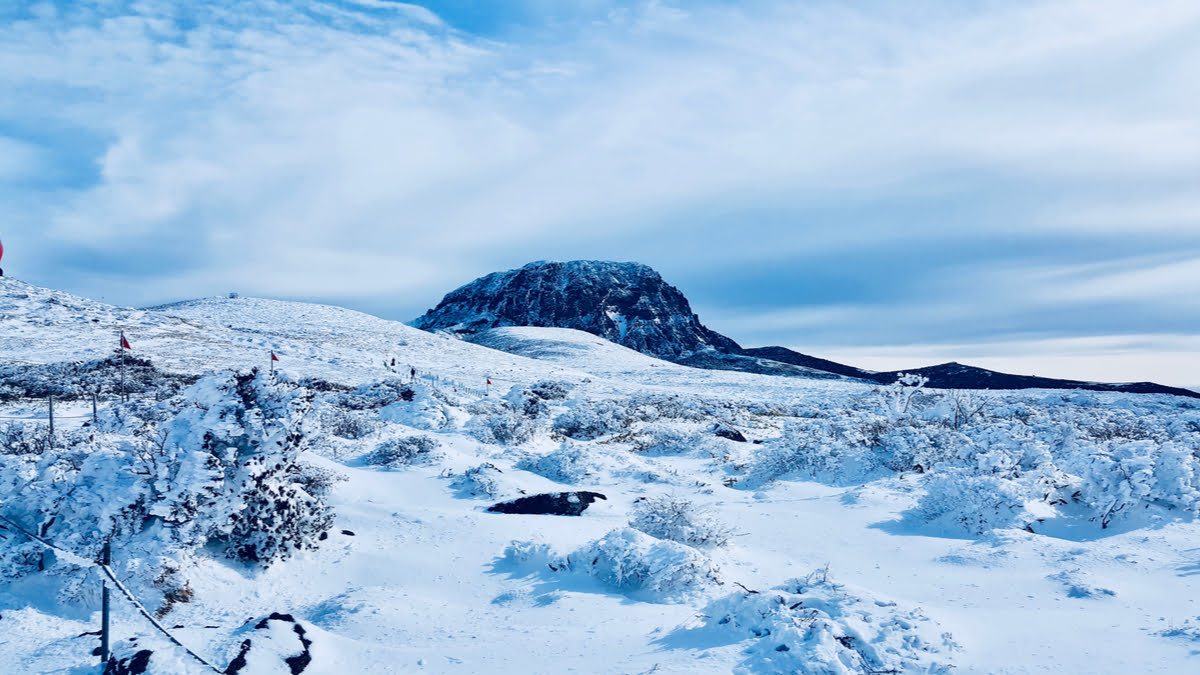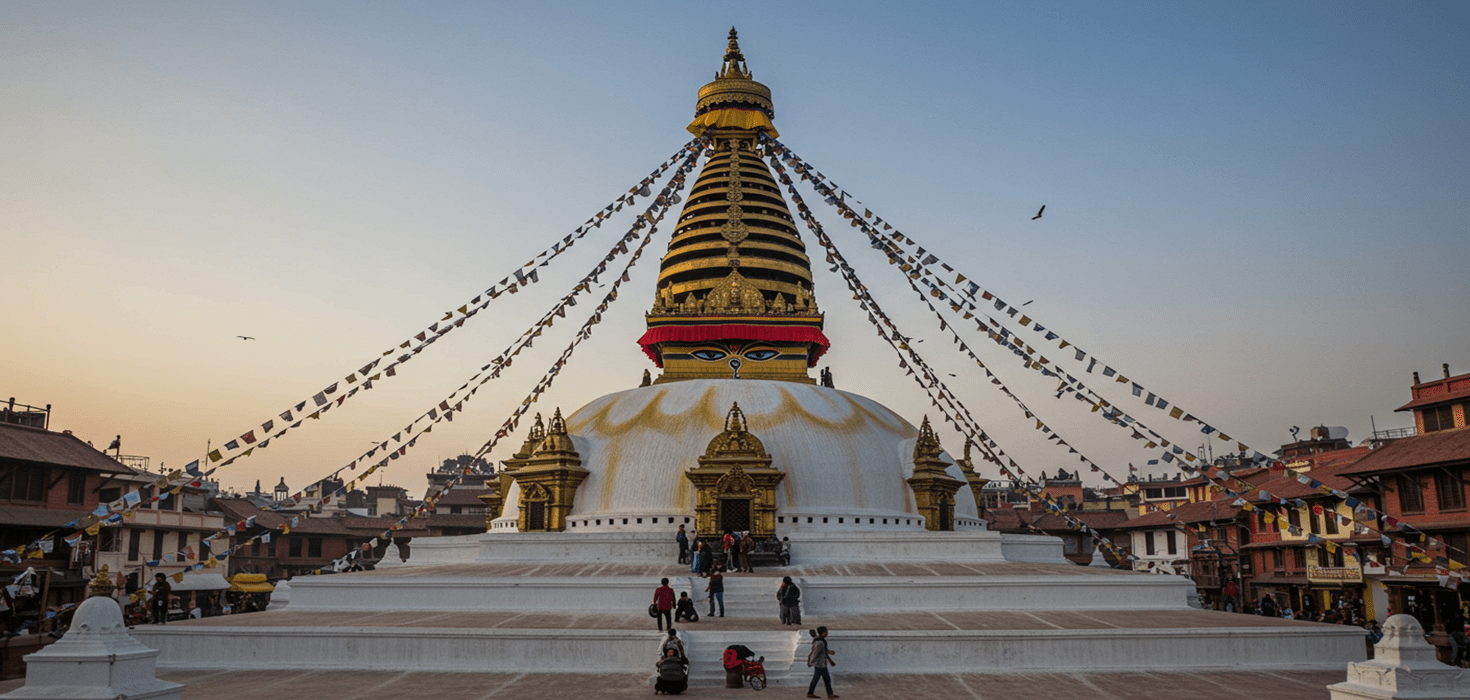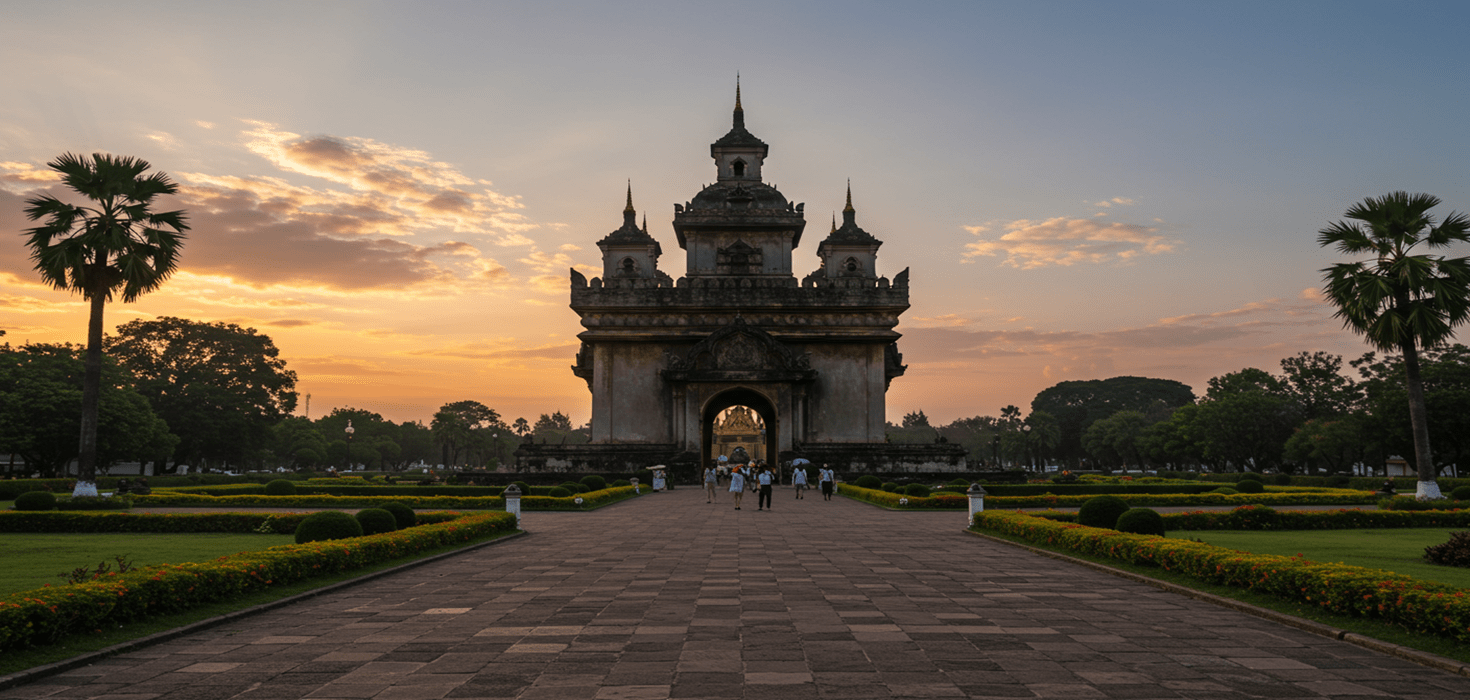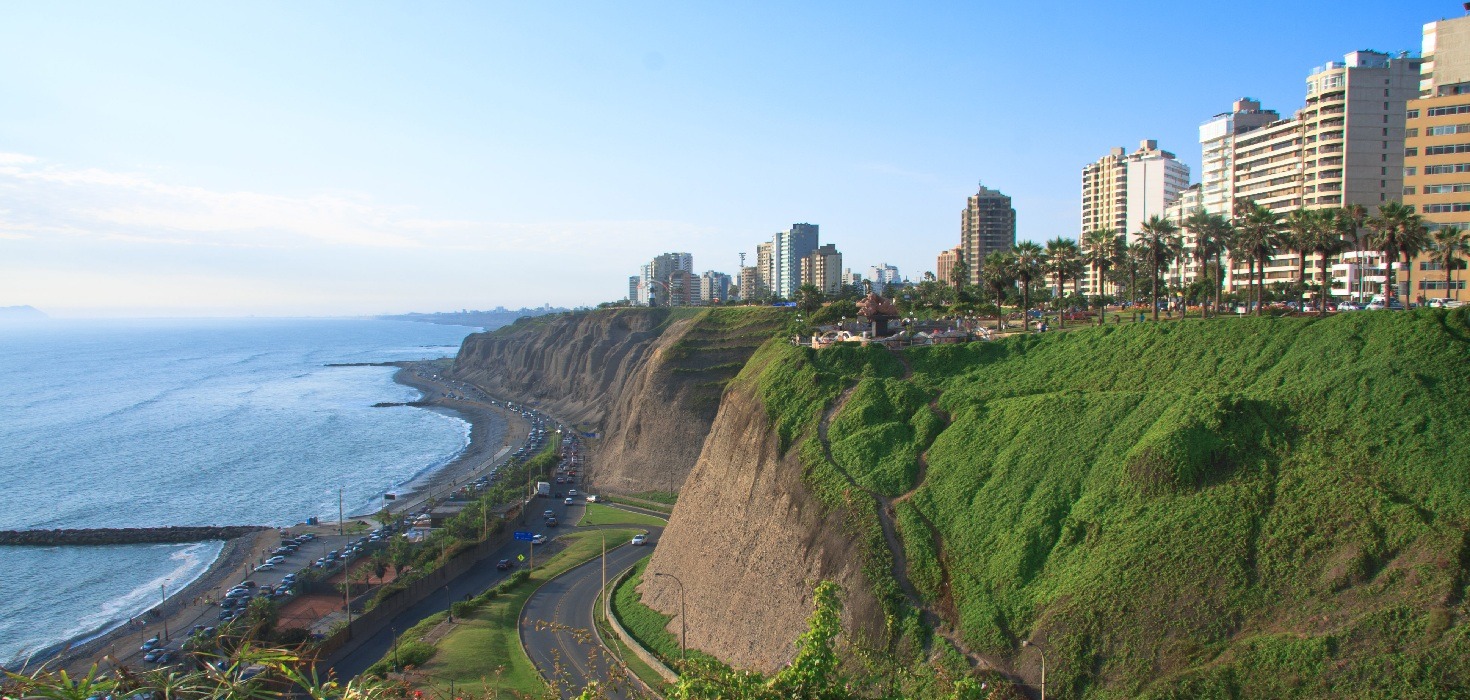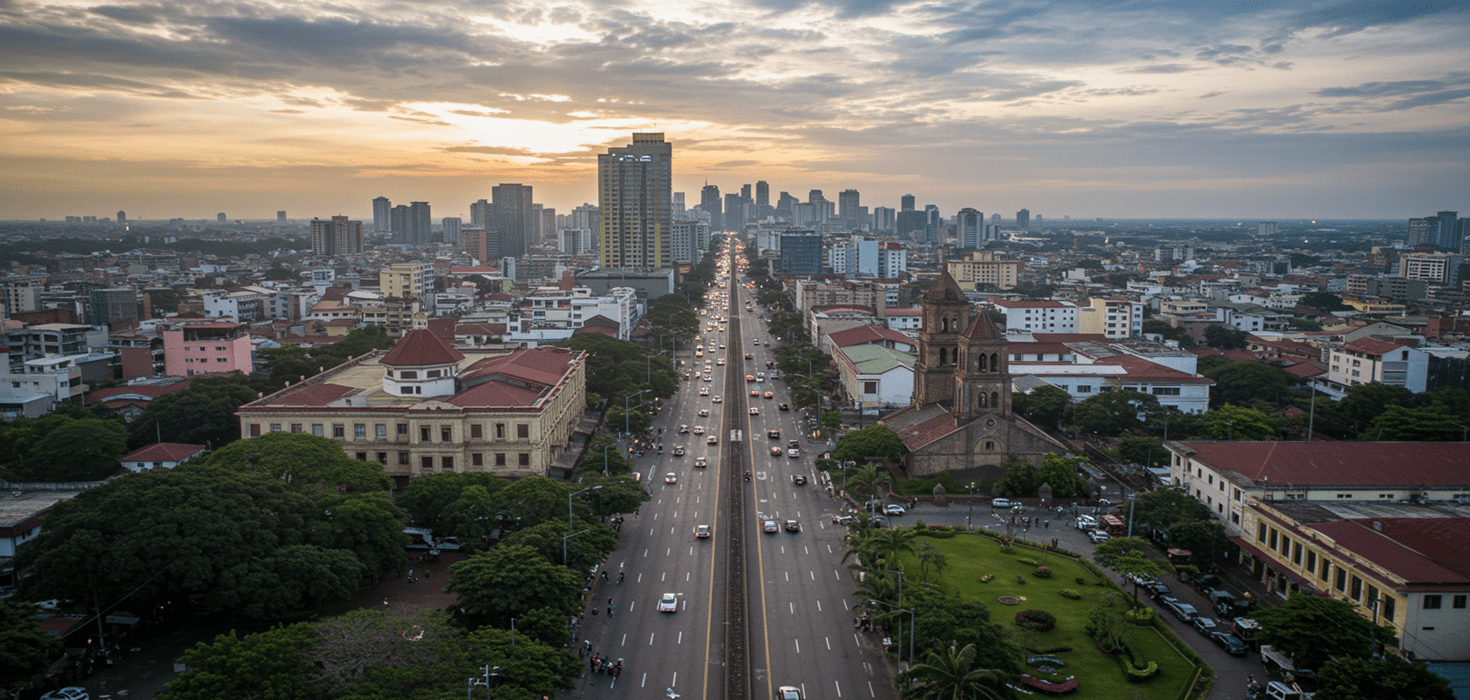Jeju Island, located off the southern coast of South Korea, is a destination that offers something for every traveler, no matter the season. From its stunning volcanic landscapes and beautiful beaches to its unique culture and flavorful cuisine, Jeju is a paradise waiting to be explored. Knowing the best time to visit can make all the difference in your travel experience. This guide dives into each season, offering insights into what to expect and the top attractions during each period.
Spring (March to May): A Blossoming Paradise
Spring is one of the best times to visit Jeju Island. The weather is mild, and the island is ablaze with the colors of blooming flowers.
Key Attractions:
- Seongsan Ilchulbong (Sunrise Peak): A UNESCO World Heritage site renowned for its sunrise views.
- Jeju Cherry Blossom Festival: Runs from the last week of March into the first week of April, it’s the perfect time to witness the island’s cherry blossoms in full bloom.
- Canola Flower Fields: The bright yellow canola flowers add a vibrant touch to the island’s spring scenery.
- Olle Walking Paths: Enjoy the fresh air and stunning views along Jeju’s famous Olle walking paths.
Summer (June to August): Beachside Bliss
Summer in Jeju is all about beach fun, water sports, and outdoor activities. The island’s temperatures during this season are warm, making it an ideal time to explore Jeju’s coastal beauty.
Key Attractions:
- Hamdeok Beach: Perfect for swimming and sunbathing with its clear waters and white sands.
- Seogwipo Submarine: A unique way to explore Jeju’s underwater world without getting wet.
- Hallasan National Park: Featuring lush greenery and beautiful summer flowers, it’s a hiker’s paradise.
- Water Sports: Enjoy jet skiing, windsurfing, and banana boat rides at various beaches around the island.
Autumn (September to November): A Season of Harvest
Autumn is another excellent time to visit Jeju Island. The weather is cool and comfortable, and the island’s landscapes are dotted with vibrant autumn foliage. It’s also the harvest season, offering a chance to taste Jeju’s freshest produce.
Key Attractions:
- Hallabong Oranges: Visit local farms to pick and taste these sweet, juicy oranges, a Jeju specialty.
- Jeju Olle Walking Festival: Held in October, it offers a wonderful way to explore the island’s scenic trails.
- Cheonjeyeon Waterfalls: Surrounded by lush autumn foliage, these waterfalls are a must-visit during the fall season.
- Seongsan Ilchulbong: Visit again for its stunning autumn sunrise views.
Winter (December to February): A Serene Escape
Winter in Jeju offers a peaceful, serene atmosphere. The island experiences mild winters compared to mainland Korea, making it a good time for a quiet retreat. Snow-capped peaks and fewer tourists make for a unique experience.
Key Attractions:
- Green Tea Plantations: With their lush, evergreen rows, the tea fields offer a striking contrast to the winter landscape.
- Hot Springs: Warm up at one of Jeju’s therapeutic hot springs scattered around the island.
- Mount Hallasan: Experience a winter hike up this majestic, snow-dusted volcano.
Jeju Island is a destination that can be enjoyed throughout the year, with each season offering its own unique charm and set of activities. Whether you’re basking in the golden canola fields of spring, enjoying beachside bliss in the summer, experiencing the harvest season of autumn, or savoring the serene winter landscapes, Jeju has something for everyone. We hope this guide helps you plan the perfect trip to this enchanting island.

